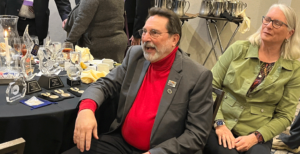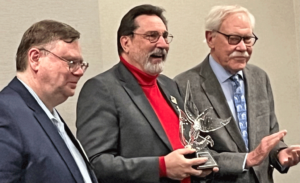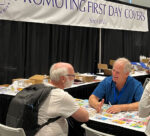by Lloyd A. de Vries
Nancy B. Clark, president emeritus of Boston 2026 and a former treasurer of the American Philatelic Society, has died after a long illness. She was 77.
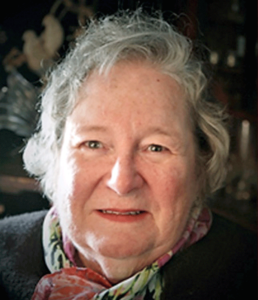 Nancy and her husband Doug were among the founders of Peachtree State Stamp Show in Georgia, which is now called “Southeastern Stamp Expo.” The 2024 edition was held this past weekend, and Doug attended. The couple chose the judges for the exhibit competition.
Nancy and her husband Doug were among the founders of Peachtree State Stamp Show in Georgia, which is now called “Southeastern Stamp Expo.” The 2024 edition was held this past weekend, and Doug attended. The couple chose the judges for the exhibit competition.
And Nancy was following news from the show on Facebook up until the end, “liking” and commenting on posts.
She ran for APS president in 2003 against Janet Klug, thus guaranteeing the U.S. national stamp federal would have its first woman president. Klug won. According to her candidate statement for Treasurer on The Virtual Stamp Club, she was president of Olymphilex 96, the American representative to the FIP Commission for Youth Philately, as a Commissioner for MLADOST `84, JUVALUX `88, DUSSELDORF `90, and CANADA `92. She earlier headed the Rochester (NY) Philatelic Association and the Athens (Ga.) Philatelic Society, was secretary to the American Association of Philatelic Exhibitors, editor the Georgia Postal History Society’s Georgia Post Roads and president of the Georgia Federation of Stamp Clubs. She had retired from her “teaching and minister of music careers.”
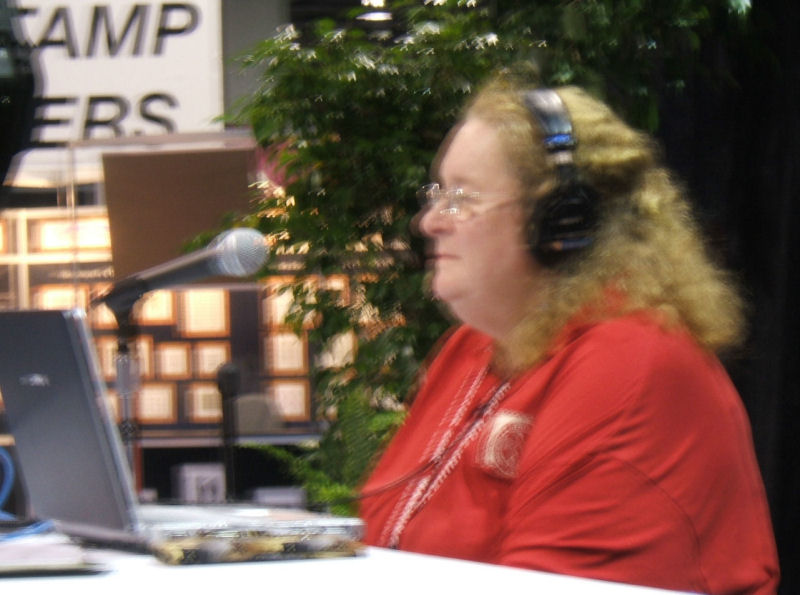 For several years after her service on the APS board, she hosted the “APS Stamp Talk” internet radio program. Most of the time, she worked from home on the show, but in 2006, she hosted it live on the floor of the Washington 2006 international show. She hosted the show for about 17 years. “I’m an evangelist,” she told Linn’s Stamp News. “I want to share the word about this wonderful hobby. It’s given me so much joy that I want to share it with folks.”
For several years after her service on the APS board, she hosted the “APS Stamp Talk” internet radio program. Most of the time, she worked from home on the show, but in 2006, she hosted it live on the floor of the Washington 2006 international show. She hosted the show for about 17 years. “I’m an evangelist,” she told Linn’s Stamp News. “I want to share the word about this wonderful hobby. It’s given me so much joy that I want to share it with folks.”
Nancy headed the group that made the successful bid for the 2026 international show that will be held in Boston this May. “It’s going to be a fabulous gathering in Beantown,” she told me in my own radio interview in 2016. (You can hear the edited feature here.
She was an internationally- and U.S.-accredited judge and won the APS’ Luff Award for Exceptional Contributions to Philately in 2008.
In 2022, she was named one of U.S. philately’s “Most Influential People” by Linn’s. She told the newspaper that she began collecting as a child in Akron, Ohio, the daughter of two stamp collectors. “I’d be plopped on the floor with an album and my parents would bring me a couple packets of stamps” at the Rubber City Stamp Show, she said.
She and Doug moved to Cape Cod after his retirement from the University of Georgia, but they were still active in the Southeast Federation of Stamp Clubs: She was on its board and advised even on this year’s show.
Much more importantly that her philatelic curriculum vita, Nancy was a friend to everyone, and someone I looked forward to seeing at shows. Someone commented, “May her memory be a blessing.”
It already is.
Further details are not yet available. Check back for updates
Her Wikipedia listing.
From Boston 2026:
[press release] [click on any of the pictures for larger versions]
Nancy Clark
It is with great sadness that the Boston 2026 team and the philatelic community as a whole mourn the passing of Nancy Clark, the founder, patron and president emerita of Boston 2026 World Expo.
Recognized most recently in the 2022 edition of Linn’s Stamp News Most Influential Philatelists and Their Epic Stamp Stories, Nancy’s story began in her home town of Akron, Ohio, where both her parents were stamp collectors and began encouraging her interest in the hobby at the age of 5. She became a music teacher and found employment in Rochester, New York. There she joined the Rochester Philatelic Association in the 1970s, taking an interest in exhibiting, judging, stamp show organization, and creating youth stamp programs in local grammar schools. Quoting Nancy, “When my kids were kids, that’s when I first began working with beginning collectors.”
Nancy’s talents in these areas became well known to national philatelic leaders at the time and she was tapped to lead youth activities at the 1986 Ameripex international exhibition in Chicago. However, there was a greater need for qualified judges at the time and she reluctantly agreed to turn youth responsibilities to others to judge instead. Around the same time, she received a grant from the Council of Philatelic Organizations to design and develop youth areas for national shows.
Moving out of the area in the early 1980s, she and her husband Doug Clark were the driving force behind the creation of the Georgia Federation of Stamp Clubs in 1990, eventually becoming the current Southeast Federation of Stamp Clubs that annually hosts the national WSP Southeastern Stamp Expo. An even bigger assignment awaited her as she was chosen to head the Olymphilex 1996 international exhibition taking place in conjunction with the 100th Summer Olympic Games in Atlanta.
Nancy has always had strong ties with the American Philatelic Society, holding several committee positions and offices over the years, including Treasurer and Director at Large. She was accredited as an APS chief philatelic and literature judge and FIP international judge. Many will remember her for hosting “APS Stamp Talk with Nancy Clark” for more than 17 years, interviewing leaders from organized philately.
In more recent years Nancy was appointed Interpretive Master Planner for the Spellman Museum of Stamps and Postal History in 2010 before heading up Boston 2026 activities.
A recipient of many prestigious award from a variety of societies, Nancy’s philatelic recognitions include the APS 2006 Kehr Award for work with beginning collectors, APS 2008 Luff award for exceptional contributions to philately, the Philatelic Foundation’s 2018 Neinken Medal for distinguished service, and an appointment as a Fellow of the Royal Philatelic Society of London for noteworthy contributions to philately.
Anyone who met her will always remember her smile, kindness and encouragement in whatever philatelic ventures awaited.
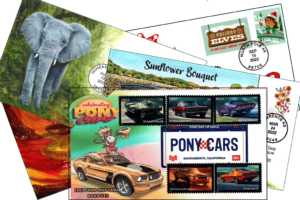 Printed versions are available for $5.00 postpaid from AFDCS Sales, PO Box 44, Annapolis Junction, MD 20701 or may be ordered from the AFDCS website.
Printed versions are available for $5.00 postpaid from AFDCS Sales, PO Box 44, Annapolis Junction, MD 20701 or may be ordered from the AFDCS website.



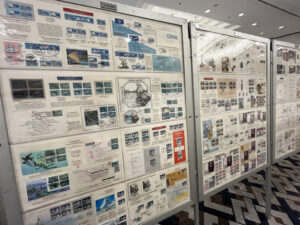


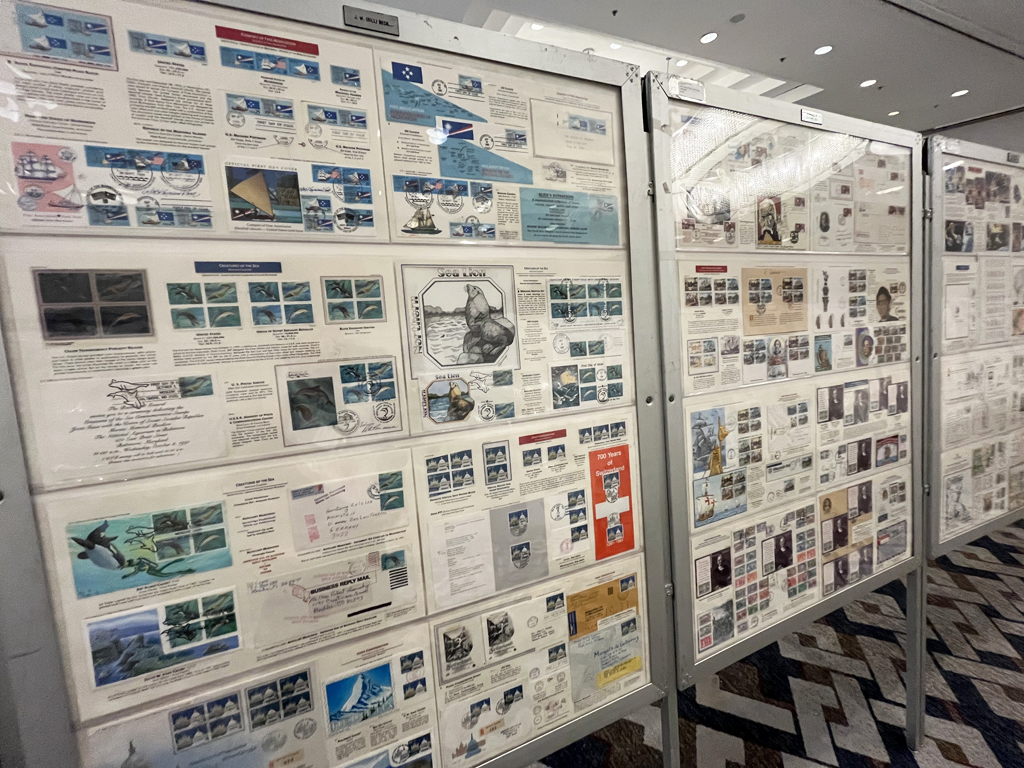



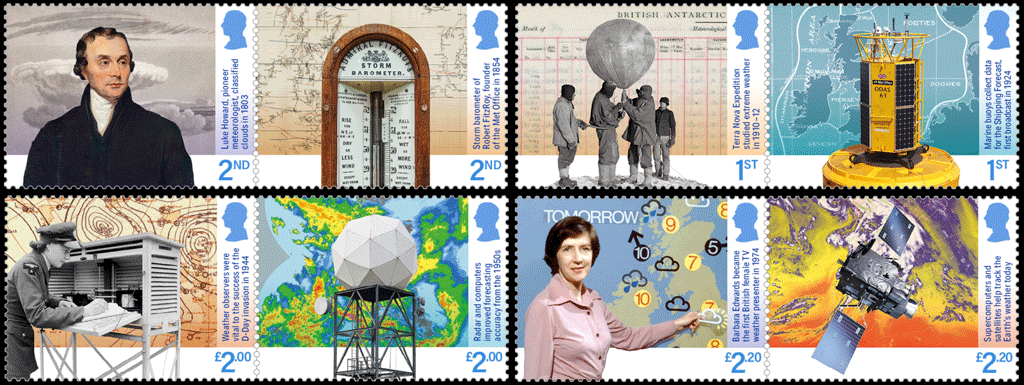
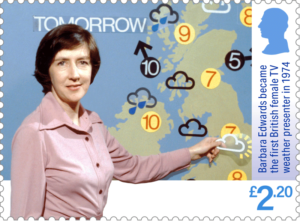
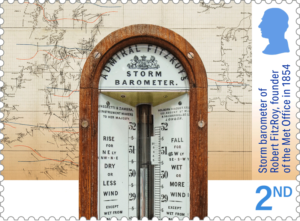
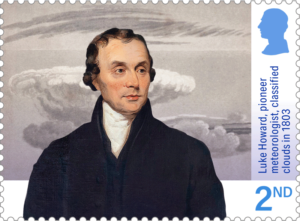
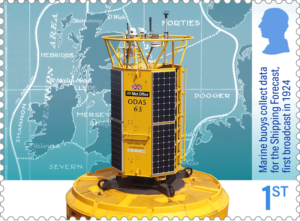
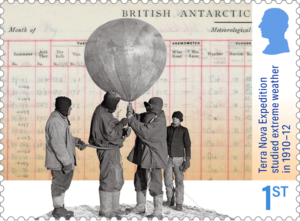
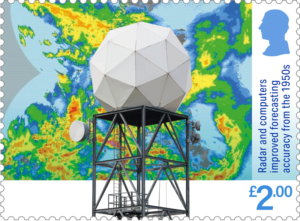
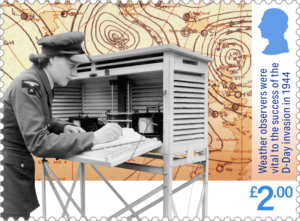

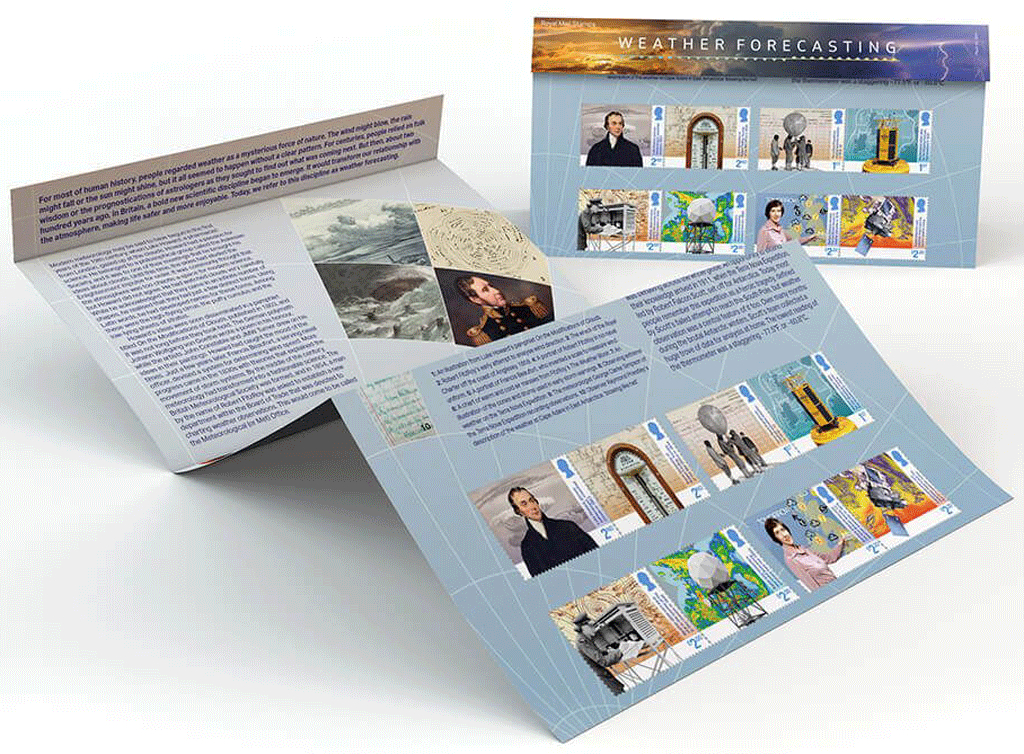
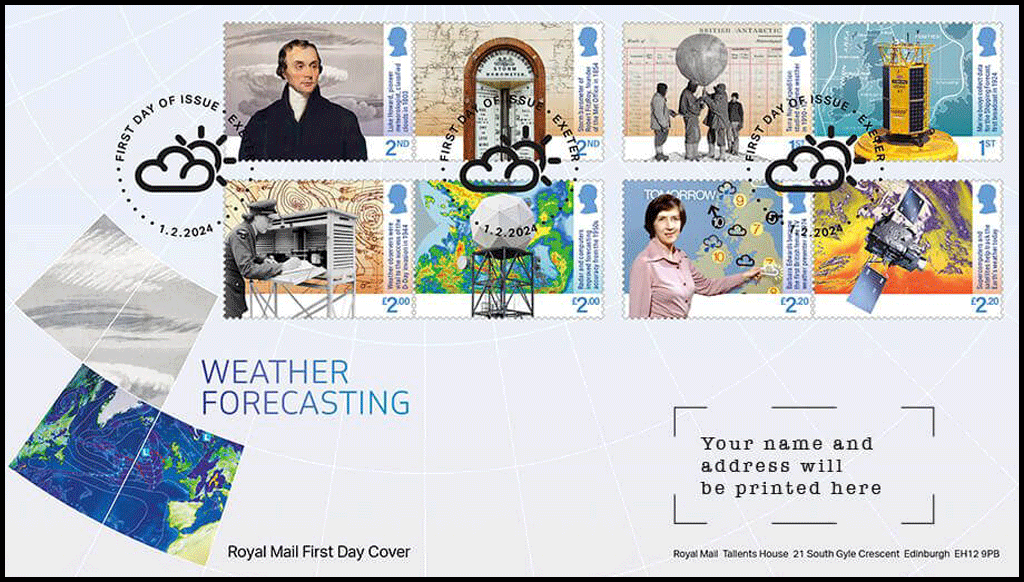

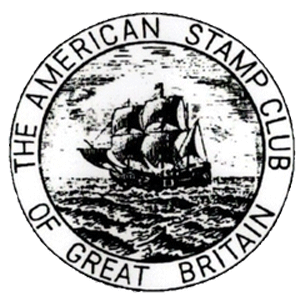

 For several years after her service on the APS board, she hosted the “APS Stamp Talk” internet radio program. Most of the time, she worked from home on the show, but in 2006, she hosted it live on the floor of the Washington 2006 international show. She hosted the show for about 17 years. “I’m an evangelist,” she told Linn’s Stamp News. “I want to share the word about this wonderful hobby. It’s given me so much joy that I want to share it with folks.”
For several years after her service on the APS board, she hosted the “APS Stamp Talk” internet radio program. Most of the time, she worked from home on the show, but in 2006, she hosted it live on the floor of the Washington 2006 international show. She hosted the show for about 17 years. “I’m an evangelist,” she told Linn’s Stamp News. “I want to share the word about this wonderful hobby. It’s given me so much joy that I want to share it with folks.”